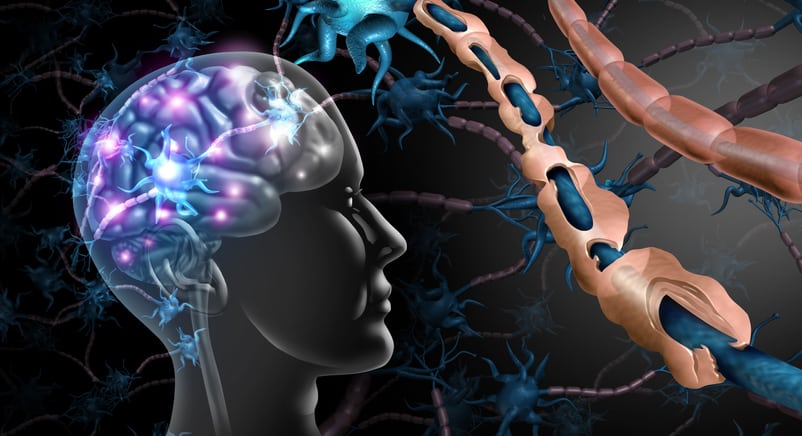Cerebral microbleeds are critical neuroimaging biomarkers of stroke risk, but it is not clear if they indicate the risk of ischemic stroke or transient ischemic attack in patients whose rate of future intracranial hemorrhage is likely to exceed the recurrent ischemic stroke. This study aims to investigate the risk of cerebral microbleeds and stroke after ischemic stroke or transient ischemic attack.
This is a pooled analysis of individual patient data from cohort studies in adults with a recent incident of ischemic stroke or transient ischemic attack. The study included a total of 20,322 patients from 38 cohorts. The primary outcomes were a composite of symptomatic intracranial hemorrhage or ischemic stroke, symptomatic intracranial hemorrhage, and ischemic stroke.
The adjusted hazard ratio for patients with cerebral microbleeds compared top those without was 1.35; the composite outcome of intracranial hemorrhage and ischemic stroke was 2.45 and 1.23, respectively. The adjusted hazard ratio increased with an increase in cerebral microbleed burden for intracranial hemorrhage, but a similar effect was not reported for ischemic stroke.
The research concluded that cerebral microbleeds are associated with a greater relative hazard of intracranial hemorrhage than for ischemic stroke in patients with recent ischemic stroke or transient ischemic attack.
Ref: https://www.thelancet.com/journals/laneur/article/PIIS1474-4422(19)30197-8/fulltext


